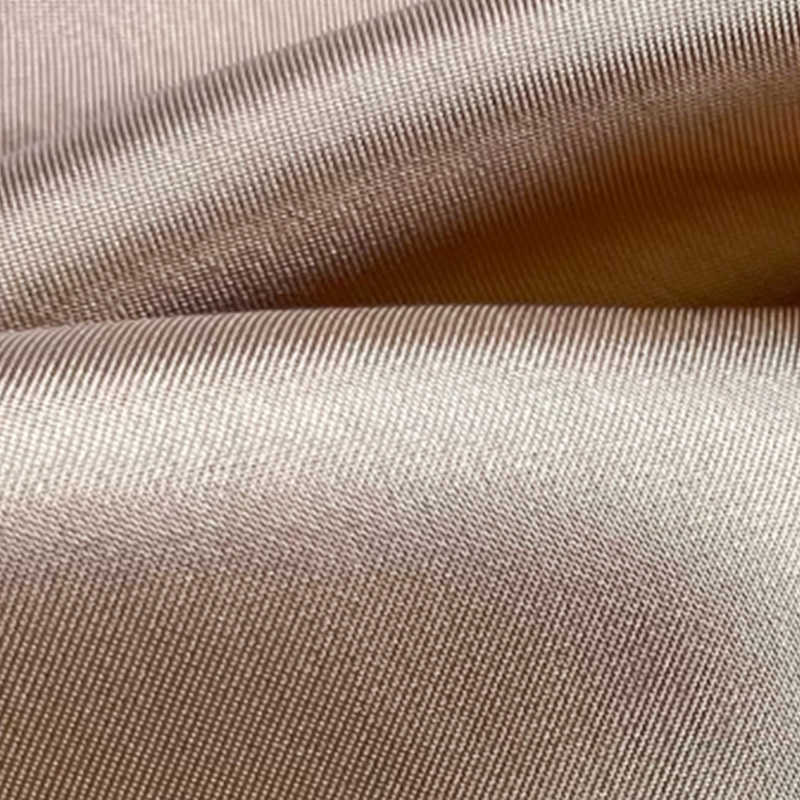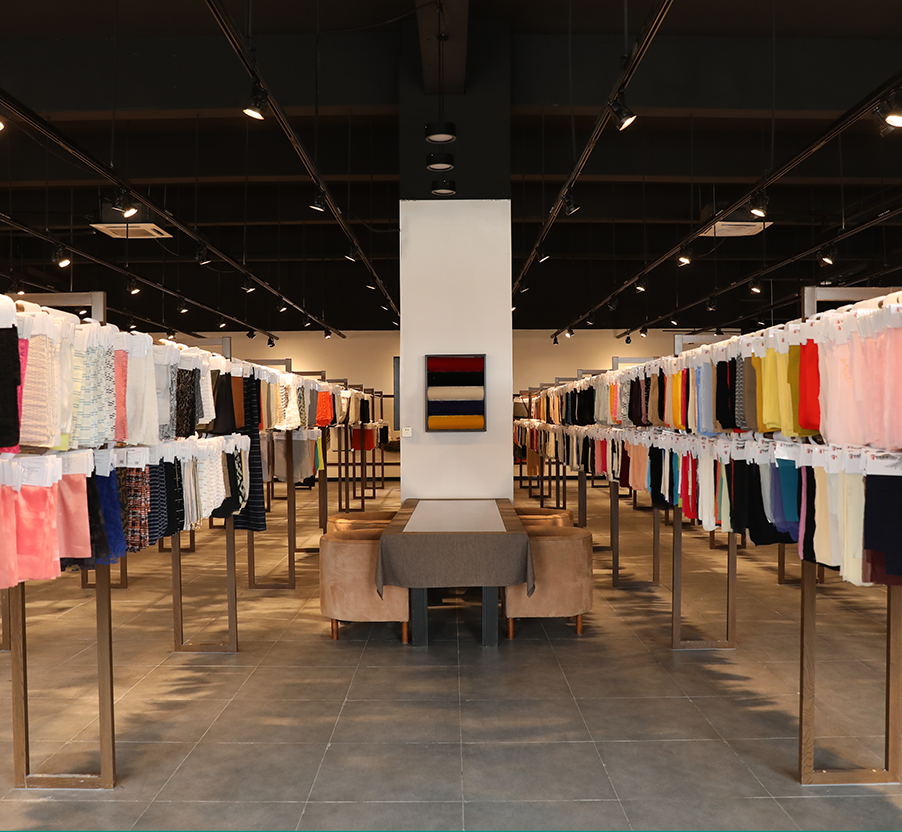Sustainable Fabrics in Focus: Balancing Style, Function, and the Environment
In today’s textile and fashion industry, the conversation is no longer just about color, texture, or trend. Increasingly, consumers and manufacturers are looking at the environmental impact of fabrics. The rise of sustainable fabrics reflects this shift, offering alternatives that balance aesthetics, functionality, and ecological responsibility. From natural fibers like organic cotton to innovative recycled materials, these fabrics are shaping the future of fashion and textiles.
What Are Sustainable Fabrics?
Sustainable fabrics are materials produced in ways that reduce environmental harm and promote long-term ecological balance. This can involve sourcing fibers from renewable resources, using less water and energy during production, reducing chemical treatments, or recycling post-consumer waste into new textiles. Unlike conventional fabrics, which often carry a high environmental footprint, sustainable fabrics aim to support both industry needs and environmental preservation.
Popular Types of Sustainable Fabrics
Several materials are at the forefront of sustainable textile innovation:
Organic Cotton: Grown without harmful pesticides or synthetic fertilizers, organic cotton reduces soil degradation and promotes biodiversity. It is widely used in casual wear and children’s clothing.
Hemp: Naturally resistant to pests and requiring little water, hemp is one of the oldest and most sustainable fibers. Its durability makes it suitable for clothing, accessories, and home textiles.
Bamboo Fabric: Processed responsibly, bamboo can provide a soft, breathable textile with natural antibacterial properties. It has become popular in activewear and eco-friendly fashion.
Recycled Polyester: Produced from post-consumer plastic bottles or textile waste, recycled polyester reduces landfill pressure and dependence on virgin petroleum-based fibers.
Tencel (Lyocell): Made from sustainably sourced wood pulp, Tencel uses a closed-loop process that recycles water and solvents, making it both eco-friendly and high-performing.
Balancing Style and Function
One of the key challenges for sustainable fabrics has been proving that eco-friendly options can match or exceed the performance of conventional textiles. Today, advancements in production techniques have closed this gap significantly.
For instance, organic cotton delivers the same softness and breathability as traditional cotton, while recycled polyester is durable, lightweight, and moisture-wicking—qualities highly valued in sportswear. Bamboo and hemp fabrics are also praised for their strength and comfort, ensuring that sustainability does not come at the cost of style or practicality. Designers now have a broader palette of sustainable options that enable them to create fashionable collections without compromising functionality.
Environmental Benefits
The adoption of sustainable fabrics contributes to multiple environmental benefits:
Reduced Water Use: Crops like hemp require significantly less water than cotton.
Lower Carbon Footprint: Recycled fibers reduce the need for virgin material extraction, cutting greenhouse gas emissions.
Decreased Chemical Pollution: Organic fibers limit or eliminate synthetic pesticide and fertilizer use.
Waste Reduction: Recycling plastic and textile waste into new fabrics prevents landfill accumulation.
By choosing sustainable fabrics, brands and consumers both play a role in minimizing harm to the planet.
Challenges and Future Outlook
Despite their promise, sustainable fabrics face challenges in scaling up. Costs can be higher due to specialized farming practices, limited supply chains, and advanced processing methods. Consumer education also remains a hurdle—many buyers are unaware of the impact their fabric choices have on the environment.
Looking ahead, however, the trend is clear. With rising awareness, government regulations, and industry commitments, sustainable fabrics are moving from niche markets into mainstream adoption. Innovations in textile recycling and bio-based materials will further strengthen this shift, making it easier for brands to balance design goals with ecological responsibility.
Conclusion
The rise of sustainable fabrics marks a turning point in the global textile industry. By balancing style, function, and environmental considerations, these materials reflect a growing commitment to responsible production and conscious consumption. Whether through organic cotton, recycled polyester, or innovative fibers like Tencel, sustainable fabrics are paving the way for a greener and more ethical fashion future.


 中文简体
中文简体 Français
Français Deutsch
Deutsch italiano
italiano




















